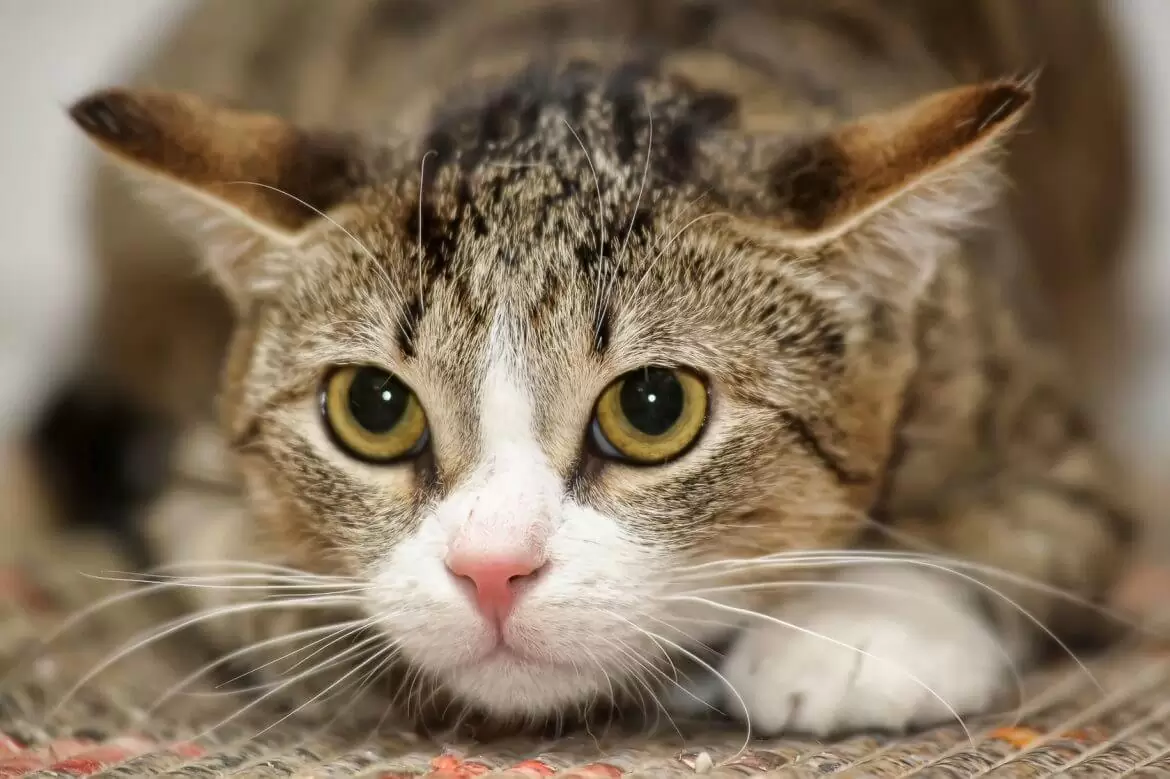
Understanding Your Anxious Cat
Nadia Crighton catches up with Dr Andrew O’Shea (BVSc MANZCVS MRCVS) to understand cat anxiety and how to help these ‘silent sufferers’.
Many cats suffer from anxiety, however, unlike our canine companions, many cats suffer in silence. Dogs tend to show outward signs of anxiety such as destructive behaviour or aggressiveness. Our cats however, may show much more subtle symptoms.
“I think a lot of cats are suffering from thunderstorm anxiety, but we don’t know about it as the cat will go and hide in the cupboard for a couple of hours and when it comes out, everyone thinks; ‘Oh, where’s Fluffy been?” Dr Andrew O’Shea says. “Cats tend to hide; their base behaviour is not to rip everything to pieces.”
Because of this, many cats go untreated for their anxiety disorder.
Symptoms of Anxiety:
- Hiding
- Trembling
- Over grooming
- Running away
- Looking afraid
- Urination problems (not using the litter box)
- Marking / spraying
- Aggressiveness or submission
- Change in eating habits
- Inappropriate scratching
Many things could trigger this response in cats, from the daily ‘normal range’ of fear, such a dog chasing the cat, to a large trigger such as a thunderstorm or rough handling.
“In pets, the environmental events that trigger an anxiety disorder vary from everyday events that have no impact on ‘normal’ animals such as noises (e.g. microwave beeps, gunshots, thunder, etc.), rough handling and inappropriate training techniques through to obvious things that can cause physical injuries,” Dr O’Shea says.
It is also important to understand that if your cat is suffering from an anxiety disorder to seek professional help.
“The biggest misconceptions regarding anxiety involve people believing that they can train a dog or cat out of an anxiety disorder, or the animal will get over it,” Dr O’Shea says. “Both assumptions are not only wrong, but they potentially lead to further problems for the pet. At best, they delay the pet receiving the effective humane treatment they truly deserve.”
Treatment
The good news is that your cat can get the treatment they need to help reduce symptoms and restore the quality of life they deserve.
“There has been a significant increase in our understanding of anxiety disorders and our understanding of how we can help animals with these problems,” Dr O’Shea says. “It is possible that there has been an increase in the number of anxiety disorder problems due to an increase in the complexity of the world we are asking pets to live in, but it is also possible that the pets have always suffered from these problems and we just did not understand them or recognise them.”
If your pet is diagnosed with an anxiety disorder, you will need assistance in dealing with this medical condition. With a comprehensive treatment plan, most animals can lead happy and fulfilled lives. It’s also a good idea to record the anxiety at the time and note what was causing the symptom; this can help your veterinarian fully understand the scope of the problem.
“The pet requires a comprehensive treatment plan. This includes an environmental management plan aimed at avoiding all the things that cause the pet to be stressed, a behaviour modification plan to teach the pet better ways to cope with these stressful events and a medication plan to normalise the neurological function so they can relax and learn.”
Get the latest Pet Insider Tips & News
We offer award-winning* pet insurance policies to protect your furry friend’s health and wellbeing. Get a quote today and give your pets the care they deserve.
Archives
Categories
- Cat Care (64)
- Cats (1)
- Dog Care (124)
- Guides (28)
- Health and Nutrition (200)
- Lifestyle and Activities (218)
- Media Release (23)
- Pet Care (246)
- Rescue Dogs (1)

